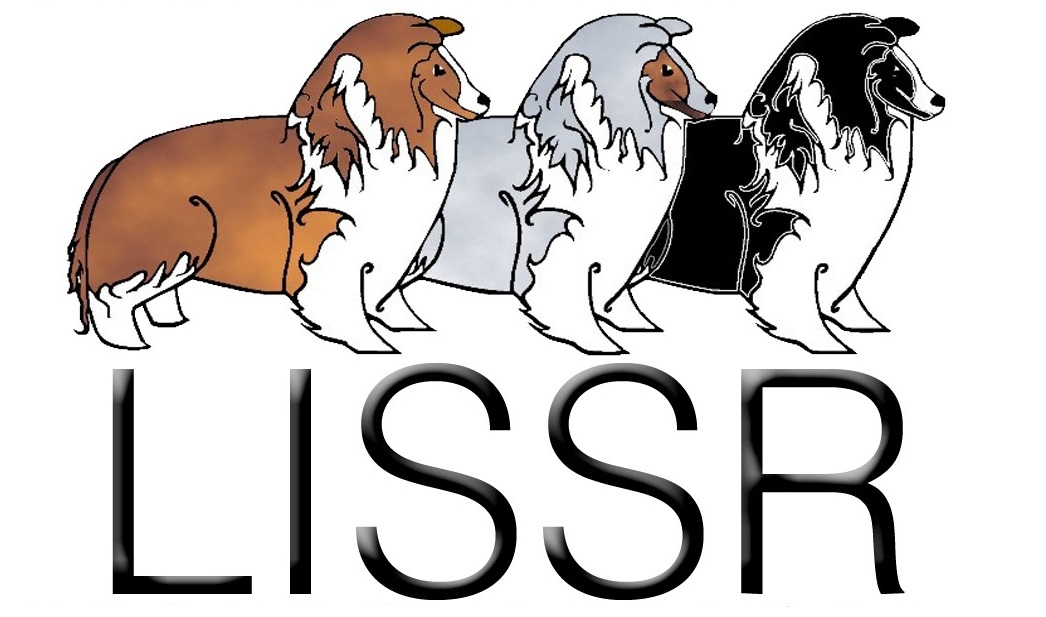Home visits are required for all adoptions. It is just one more way we try to ensure a good match with rescued shelties. We don’t expect perfect homes, but we need to be sure the dogs will be safe and well cared for. Not all criteria are absolute and some conditions will depend on the behaviors of the dog being adopted (for example, not all dogs could get by with a 4-foot fence. Some escape artists may need higher.) Below are some of the basic guidelines we give home visit inspectors.
-
Fenced Yard
Most rescue dogs need a fenced yard. We need to know how high your fence is and that it is free of gaps. Secure latches on gates are also needed.
-
Tie outs
We want to be sure that there is not evidence that dogs have been kept tied out. Often, this can be seen only upon visit to a property. Our expectations for our Shelties is that they will be welcomed into the home as a family member.
-
Trash and hazardous items
Shelties deserve a home that is free of hazards, poisonous plants or other trash that could get them in trouble. Homes don’t need to be as neat as a pin, but a basically tidy home is expected.
-
Dangerous situations
Rescue dogs are already going to be uncomfortable in a new home, so we aim to be sure that basic measures are in place to keep the dog as safe as possible. Entries to fenced yards or closed garages are preferred. Storm doors on front doors help. Pools should be fenced.
-
Family readiness
We want to be sure that all family members are ready to meet their new dog. It is especially important that children are respectful to their dog. Some dogs may not be appropriate to place with children of certain ages.
-
Other pets
Other pets in the home must also be ready for new family member. How existing pets are cared for is a good indicator of how a new sheltie may be treated. Pets don’t need to be freshly groomed, but signs of obesity or poor coat condition could raise questions about care for a future sheltie.
